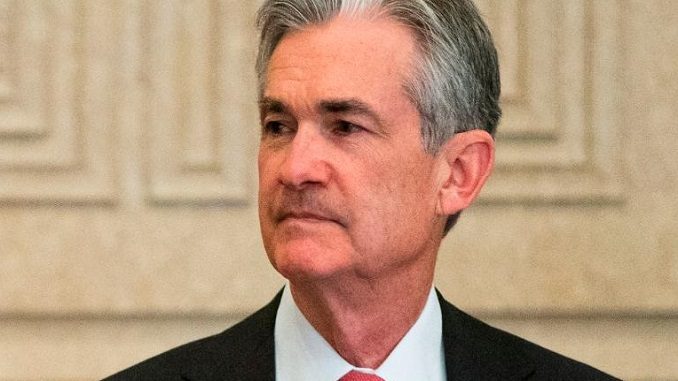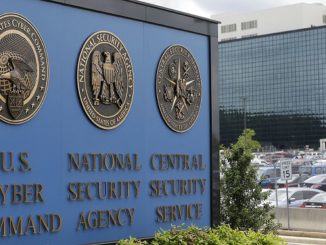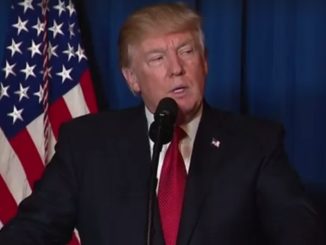
The Federal Reserve’s whatever-it-takes approach to stave off economic calamity has kept interest rates near zero and helped drive U.S. stocks back to pre-pandemic record levels, while weakening the usual dynamic between safe-haven U.S. Treasuries and riskier equities, Reuters writes.
Stocks and bonds’ moving in parallel is one of the distortions Fed policy makers may ponder when they meet next week, although they are expected to let the emergency measures already implemented in the wake of the coronavirus outbreak work through the financial system.
The recent rise in Treasury prices, which typically climb when investors seek safe harbors during uncertain times, appears at odds with the exuberance seen on Wall Street, where the S&P 500 last week came within 3.5% of its February all-time high, set before it was clear the spread of COVID-19 would wreak havoc around the world.
The S&P 500 500 SPX and U.S. 10-year Treasury notes US10YT=RR typically move in opposite directions, such that when equities rise during periods of confidence and risk-taking, bond prices fall, pushing yields, which move inversely to prices, higher.
Analysts have said the traditionally negative correlation between stocks and bonds reflects the extent to which bonds will effectively hedge against a stocks sell-off, such as what happened during the global financial crisis in 2008.
That relationship has broken down at times during the pandemic. For instance, since mid-June, U.S. benchmark 10-year yields have fallen more than 20 basis points, while the S&P 500 has gained roughly 5%.
Gennadiy Goldberg, senior rates strategist at TD Securities in New York, said the irregularity between the two markets can be explained by the stimulus measures undertaken by Congress and quantitative easing on the part of the Federal Reserve.
“The Fed and the government have pledged ongoing support for the economy, which has pushed risky assets higher,” he said. “At the same time, the Fed wants to keep rates low in order to keep stimulus in place and to prevent a tightening in financial conditions.”
The Fed slashed the fed funds rates to near zero in March and launched lending and unprecedented debt purchasing programs to boost liquidity and stabilize financial markets.
“The fact that the Fed has been able to purchase so many bonds and also kind of commit to keeping rates so low is obviously going to be a positive for stocks, but meanwhile remove volatility from the rates market,” said Ben Jeffery, rates strategist at BMO Capital Markets in New York.
The Fed’s policy-setting Federal Open Market Committee meets Tuesday and Wednesday, with no major announcements expected. But it may lay the groundwork for more action in September or in the fourth quarter, analysts said.
With U.S. central bank officials resisting negative interest rates, Fed officials have talked about yield curve control as a way to target rates at specific maturities, which should keep borrowing costs ultra-low to spur spending and bolster the economy.




Be the first to comment